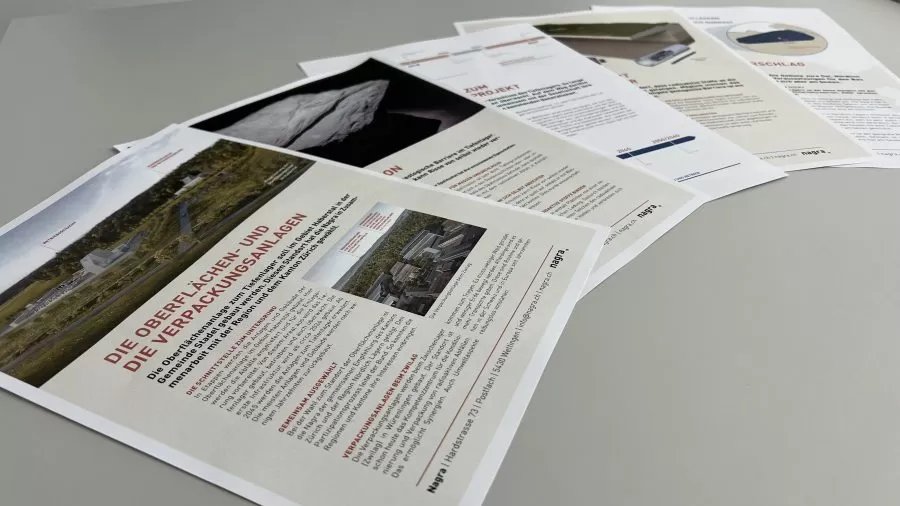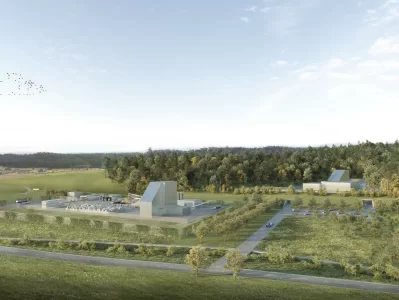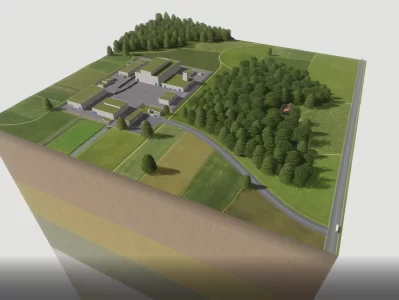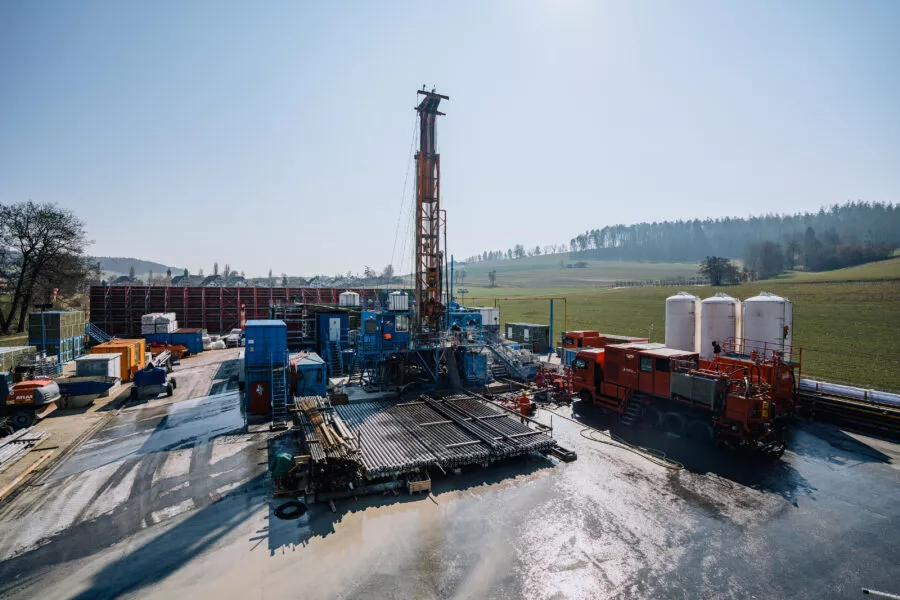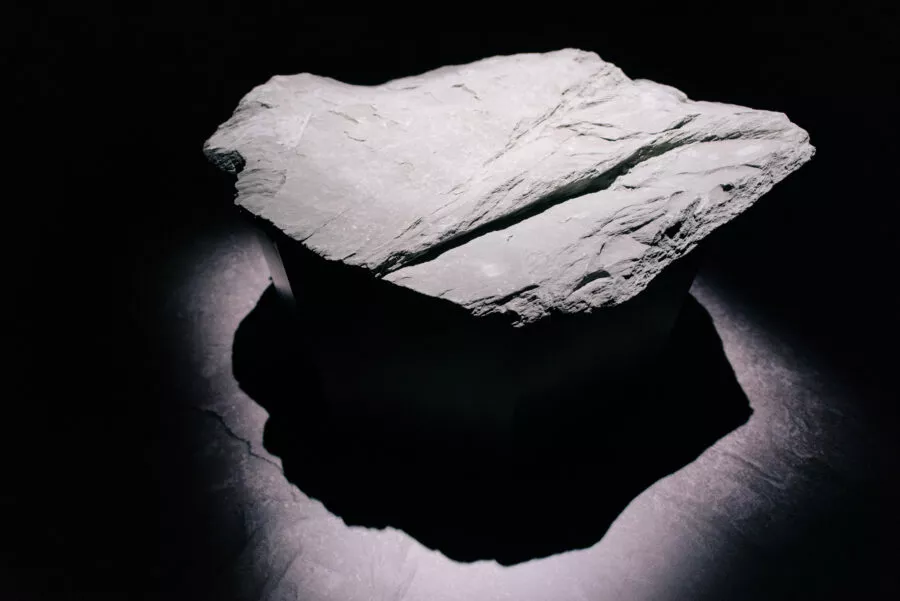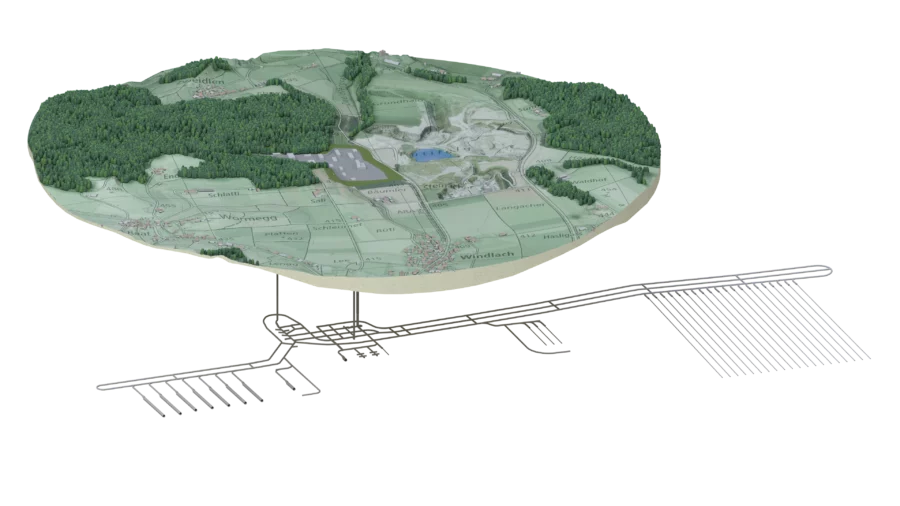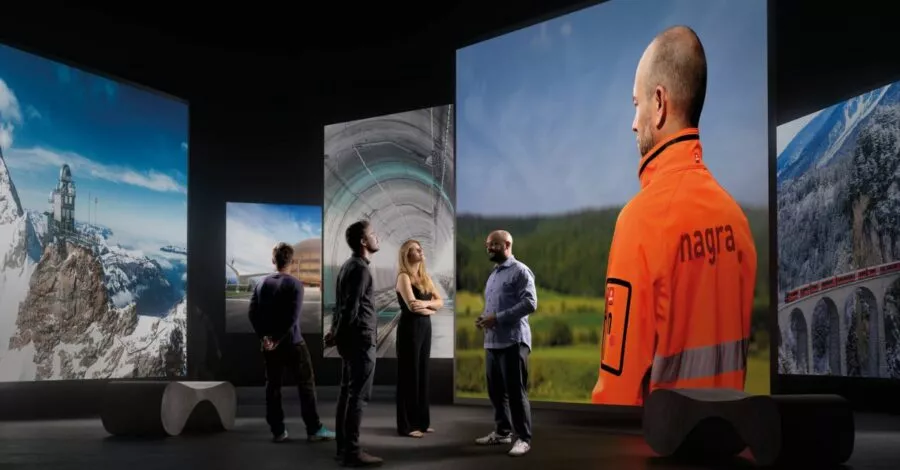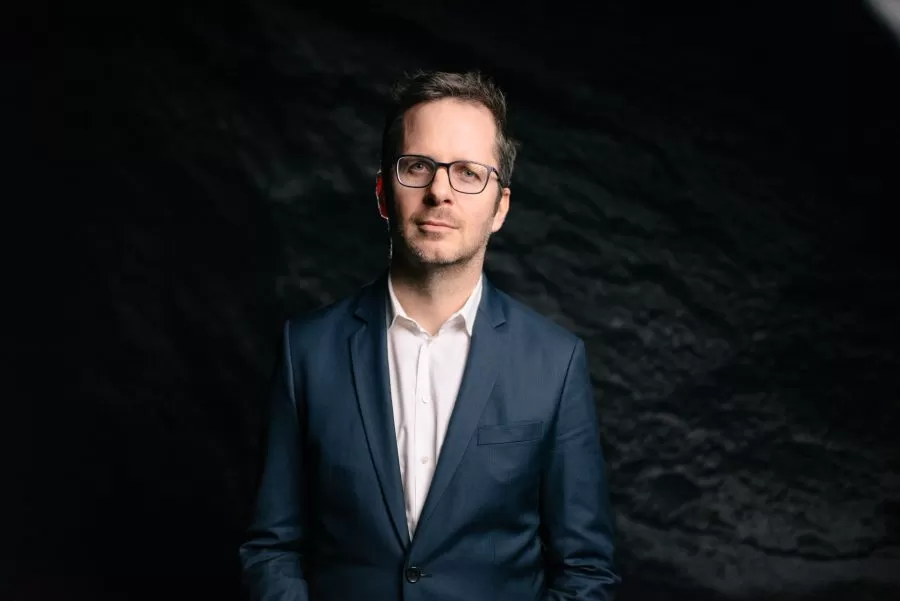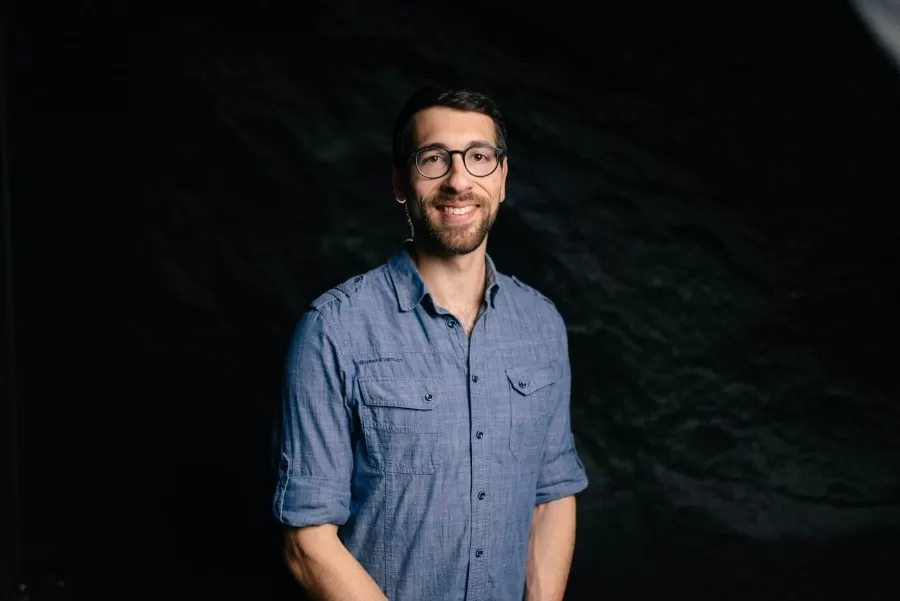
The site for the deep geological repository
Find information, images, graphics and videos about Nagra’s siting proposal here.
Which site is Nagra proposing and why? Four questions for Nagra CEO Matthias Braun
Nördlich Lägern is the safest site for a deep geological repository: here, the rock deep below the surface best confines the radioactive waste for a very long time. Nagra’s investigations demonstrate this. The siting proposal is an important milestone in the project of the century of deep geological disposal. The entrance to the repository is to be constructed in the community of Stadel, and the encapsulation plants for radioactive waste will be built at the Zwilag interim storage facility in the community of Würenlingen.
Nagra’s siting proposal
In Nördlich Lägern, the rock has the best containment capacity for the radioactive waste – not only today, but also in the distant future. A safe deep geological repository could also be constructed in Jura Ost and Zürich Nordost, but Nördlich Lägern has the greatest long-term safety reserves.
Important questions and answers
How does a deep geological repository work?
Why Nördlich Lägern?
The path to the siting proposal
Well-founded data basis
The surface facility at Haberstal
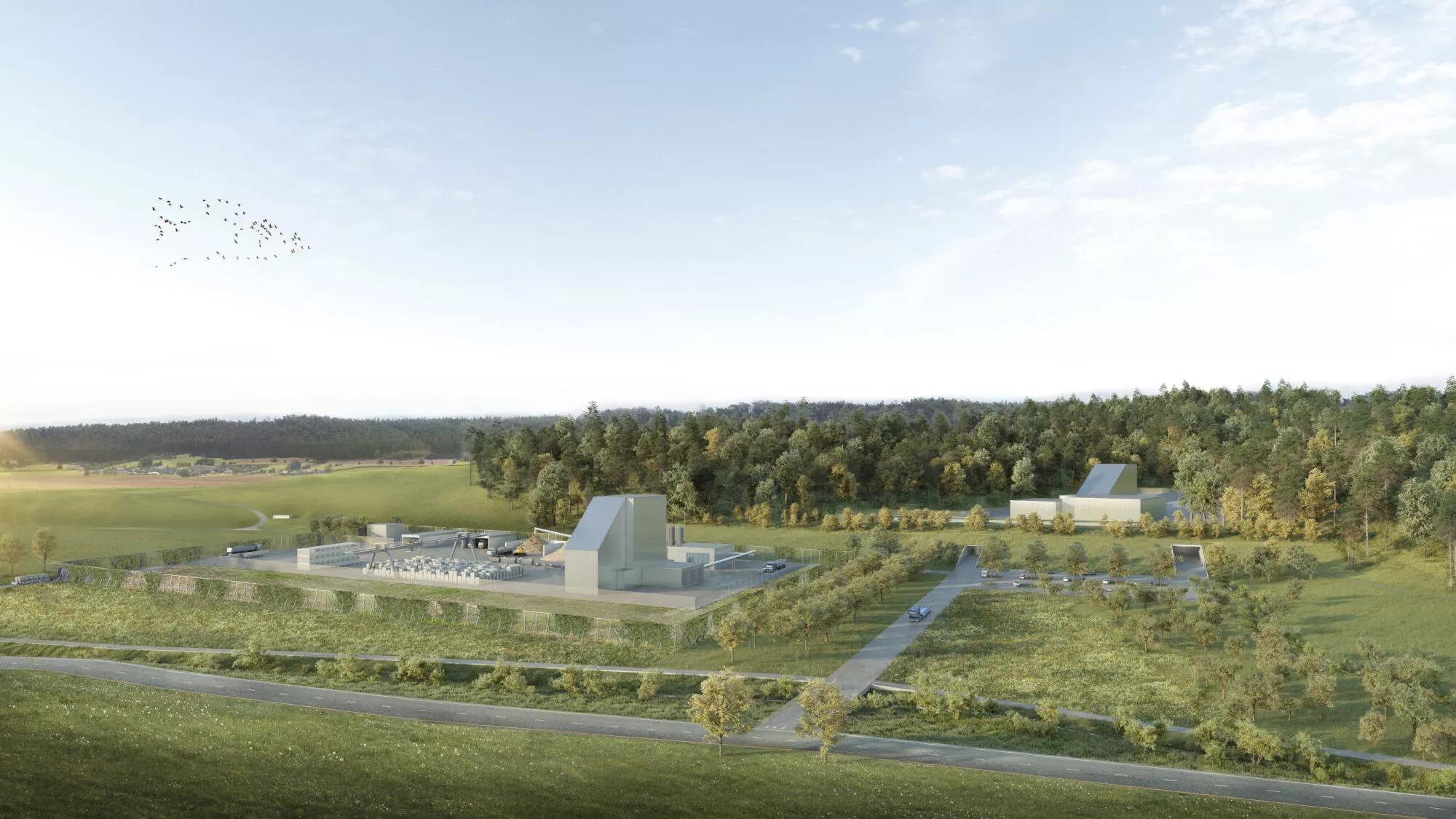
The surface facility for the deep geological repository is to be constructed in the Haberstal area in the community of Stadel. Nagra has selected this site in collaboration with the region and Canton Zürich.
Encapsulation plants at the Zwilag interim storage facility
The encapsulation plants will be constructed at the site of the interim storage facility in Würenlingen. Synergies with existing facilities and environmental considerations were the main factors supporting this decision.
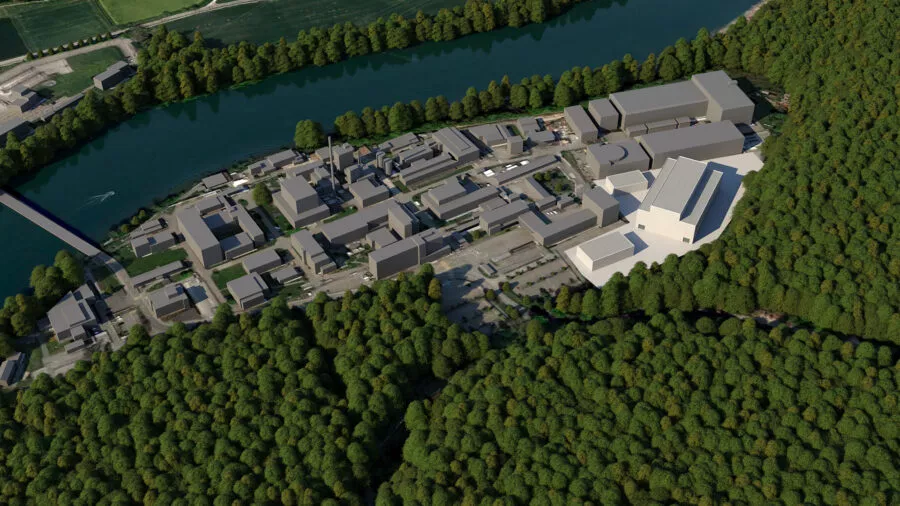
What happens next?
Following the siting proposal, we will prepare the general licence applications and plan to submit these to the authorities for review in 2024. Around 2029, the Federal Council will decide whether to grant the general licences and will submit its decision to the Federal Parliament. A national referendum can be called for against this decision. The final decision is expected for 2031.

